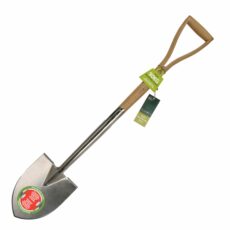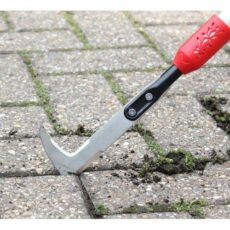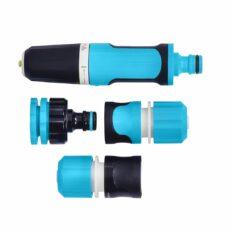The final month of summer in the garden is one to really enjoy the performance of nature around you, at the same time as offering timely care and maintenance. If you are going away, make sure you have a plan in place so you return to a garden in the same good condition that you left it.
Read our guide to August gardening jobs to find out what to do this month and helpful gardening tips from our Hillier experts to keep your garden at its best.
What to Enjoy Now
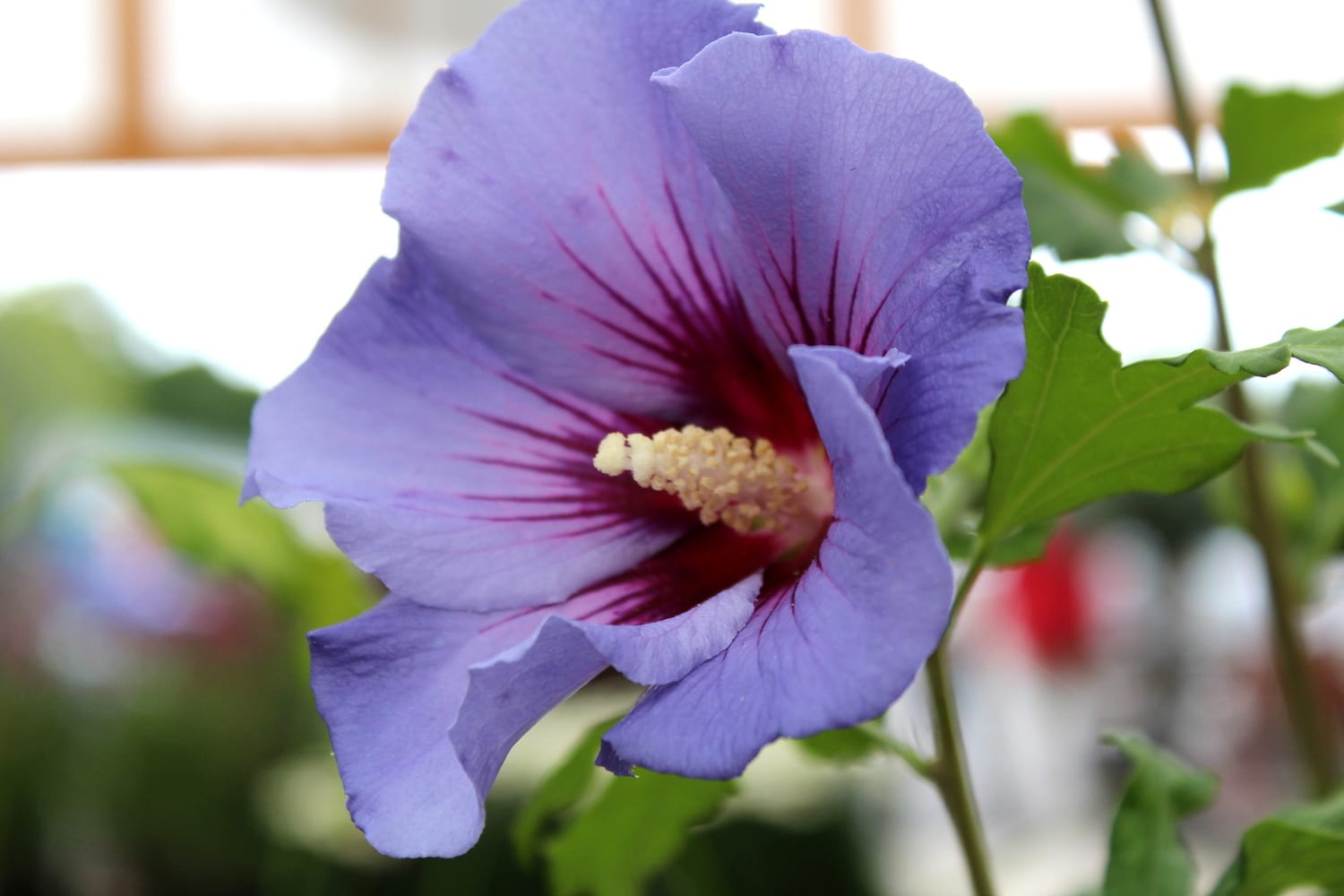
Gardening is as much about appreciating the beautiful now as planning and planting for the future. Enjoy these plants in your garden and home this month:
Flowering Now
- Climbers: summer-flowering clematis varieties, Hydrangea petiolaris, jasmine, passiflora
- Summer-flowering shrubs: abelia, abutilon, buddleja, calycanthus, cotinus, hibiscus, Hydrangea macrophylla, Hydrangea paniculata, potentilla
- Lavender varieties: Lavandula stoechas (French lavender) and Lavandula angustifolia (English lavender)
- Perennials: acanthus, achillea, agapanthus, alstroemeria, anemone (late-flowering varieties), aster, astrantia, campanula, Centaurea cyanus (cornflower), chrysanthemums, coreopsis, cosmos, dahlias, dianthus, echinacea, echinops, gaura, gazania, geranium, gerbera, gypsophila, helenium, leucanthemum, marguerite, marigolds, monardas, nepeta, nigella, rudbeckia, salvia, scabiosa, sunflowers, sweet peas, verbascum
- Roses
- Summer bedding plants
- Alpines: Phlox, saxifrage, sedum
Great for Foliage and Structure
- Cannas, cordyline, cynara, fatsia, hostas, heucheras, phoenix palms, phormium, physocarpus, sambucus, tiarellas and trachycarpus
- Ornamental grasses: miscanthus, stipa
- Ferns: Athyrium, dryopteris, matteucia, osmunda, polystichum
Houseplants
- Flowering now: Begonias, kalanchoe, orchids, roses
- Great for foliage: Adiantum (and other ferns), alocasia, chlorophytum, cordyline, ficus, kentia, monstera, schefflera, cacti and succulents
What to Plant Now
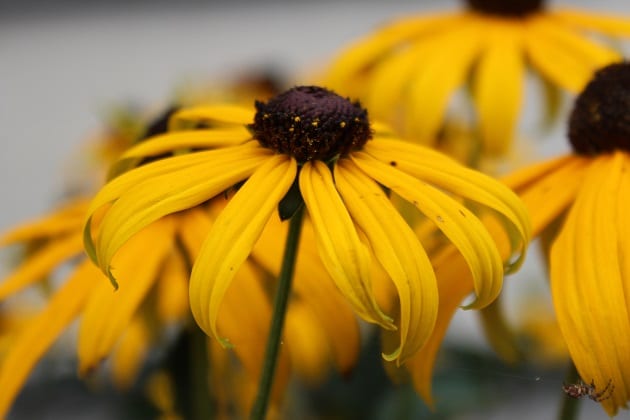
While enjoying and maintaining your garden is the priority in August, there are also a number of plants that can be added now for instant and future impact.
Planting for Instant Impact
Gardening is often about the patient process of growing from seed, bulb or small plant and nurturing it over time. If you want to balance this out with immediate colour, foliage and scale in your garden, you can always find larger plants or those in bloom right now for instant impact. Be sure to water newly planted gardens often, particularly in the warmer summer months.
Simply browse the ‘flowering now’ list above. Many of these plants will be available from the Garden Centre for immediate enjoyment and, once planted, should continue to develop year after year. Just remember to water them frequently while they establish, especially over the hot, dry summer months.
What to Plant for Future Interest
- Alpines – 1-litre plants allow for a cost-effective garden update
- Autumn bulbs start arriving in Garden Centres at the end of August. Although planting should wait until September and beyond, you can start planning what you would like to grow now!
Grow Your Own
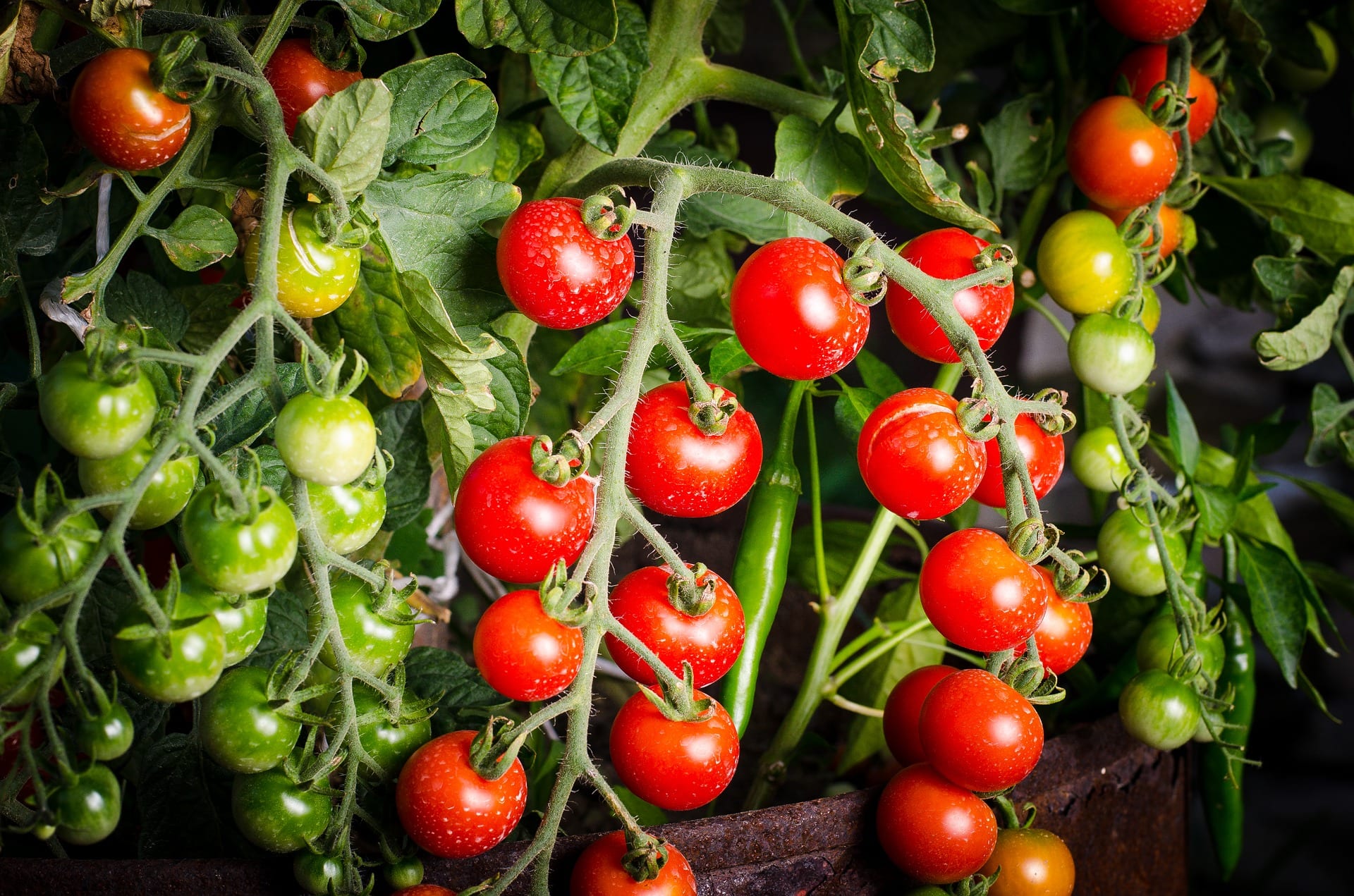
In August, there is an increasingly bumper harvest of fruit and vegetables to pick. Much like the rest of the garden, this is also the month to stay on top of your weeding, watering and feeding routine.
Sow Outdoors
There is still time to plant those crops that are either fast-growing, or those that will overwinter.
- Sow carrots, lettuces, winter spinach, radishes and turnips
Harvest Now
- Many herbs improve in growth the more they are used – so be sure to pick and flavour your cooking!
Hillier tip: If you are looking for new recipe ideas, browse our recipe collection from our Hillier Development Chef
- Harvest apples, aubergine, beetroot, blackberries, broad beans, broccoli, carrots, celery, cherries, chilli peppers, courgette, cucumber, gooseberries, kale, lettuce, onions, peas, pears, plums, potatoes (second earlies, main crop and salad), radish, raspberries, rocket, spinach, strawberries, sweetcorn, tomatoes
Hillier tip: See the planting and harvesting times for many of our most loved vegetable and salad plants in our Seed Sowing Calendar.
Other Grow Your Own Activities
- Be vigilant with weeding! Little and often is the key
- Pests such as slugs and vine weevils may be problematic at this time of year. Make sure you have your desired pest control method in place
Hillier tip: Don’t forget to net any brassicas to stop Cabbage White butterflies laying eggs. If you are hoping to encourage butterflies to breed in your garden, read our guide to what to plant to attract butterflies.
- Water – lower frequency and higher volume is best
- Help deter pests in your vegetable plot by ‘companion planting’
Hillier tip: Planting marigolds in your vegetable patch can deter whitefly and also attract ladybirds, which will help to control aphids. They also emit a substance from the roots that deters nematode worms in the soil. Plant nasturtiums alongside your brassicas to attract cabbage white butterflies away from your precious greens. Plant pungent vegetables, such as onions, garlic or chives next to your carrots to deter carrot fly.
What to Do in the Garden
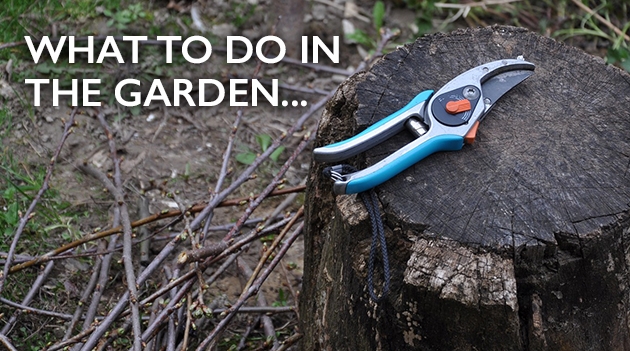
Plants to Prune
- Deadhead faded flowers from almost all of your garden plants to encourage a second flush
Hillier tip: As the first flush of flowers fade on herbaceous plants, cut the flower stems back hard and feed. This will encourage new flower growth to develop.
- Deadhead roses frequently as the first flush fades to encourage repeat flowering
Hillier tip: When deadheading roses, cut down to the next outward facing bud and always cut shoots at a side angle. That ensures that water runs over the cut and down the stem
Plants to Feed
- Feed roses with special rose feed with high potash as they grow. This will encourage a stronger, healthier flower. Mulch around them after feeding.
Hillier tip: High potash feeds are also ideal for tomatoes and fruit trees as they promote strong fruit production and increased sugar levels, meaning higher yields and sweeter fruit.
- Applying a good feed regularly, particularly to containers and baskets, will help keep your garden in full bloom
Plants to Protect
- When planting any herbaceous plants that have a tendency to grow floppy, such as taller dahlias, add support as early as possible so they will grow up around it
Lawncare & Gardencare
- Top of the list for August is your watering routine, especially if you are planning to go away. Containers in particular may want regularly watering as warm weather and wind can quickly dry soil
Hillier tip: For advice on watering in all areas of your garden, read our Guide to Watering.
- Make sure you have your holiday plant care plans in place if you are away for any length of time, to make sure they stay at their best.
- Install a water butt if space allows to collect and recycle rainwater over the coming year
- If you have a pond or water feature, make sure it’s topped up with water
- Keep weeds at bay with a ‘little and often’ approach; spend a few minutes each week to remove weeds from borders and containers
- On warmer days, open greenhouse vents and doors to keep it cool and ventilated and to prevent disease and fungus problems
- Regularly mow your lawn. Cutting the grass too short will strip it of vital moisture and nutrients, so if possible, keep your blade setting high
- Apply a high-nitrogen lawn feed such as Aftercut Ultra Green to keep grass lush and thick
Birds and Wildlife
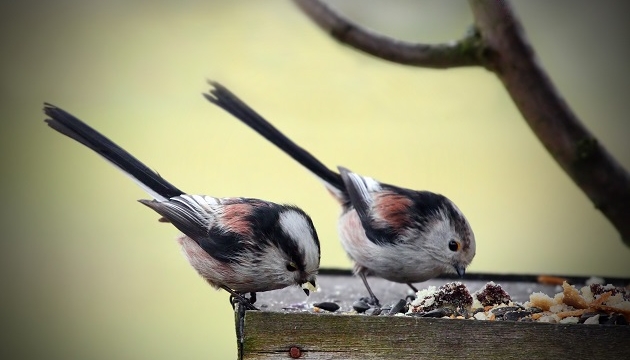
As the temperature rises the ground becomes harder, making it more difficult for birds to source worms. On hot days, birds need extra water to stay hydrated and maintain a cool body temperature.
- Continue to feed regularly with high protein food, like sunflower seeds
- Ensure clean water is available. Top up frequently in warm weather
Hillier tip: Read more about looking after our winged friends in our guide to year-round bird care.
Hopefully, butterflies will have been flitting around your garden all summer looking for sources of nectar and even laying eggs. Some of the best plants at this time of year for butterflies include: alliums, buddleja (‘The Butterfly Bush’), dahlias, erysimum, geraniums, roses and Verbena bonariensis.
Monthly Tool Checklist

Some of the essential garden tools and products we recommend to have ready in your shed.
For planting:
- Digging fork and spade, multi-purpose compost
For weeding:
- A Dutch hoe or weed slice, gardening gloves, hand trowel and fork
For sowing outdoors:
- Plant labels, trowel, watering can (or hose plus suitable attachment)
For pruning and deadheading:
- Pruning shears / secateurs
Was This Article Helpful?
Join the Hillier Gardening Club to get the latest gardening news and advice
Find Out More


